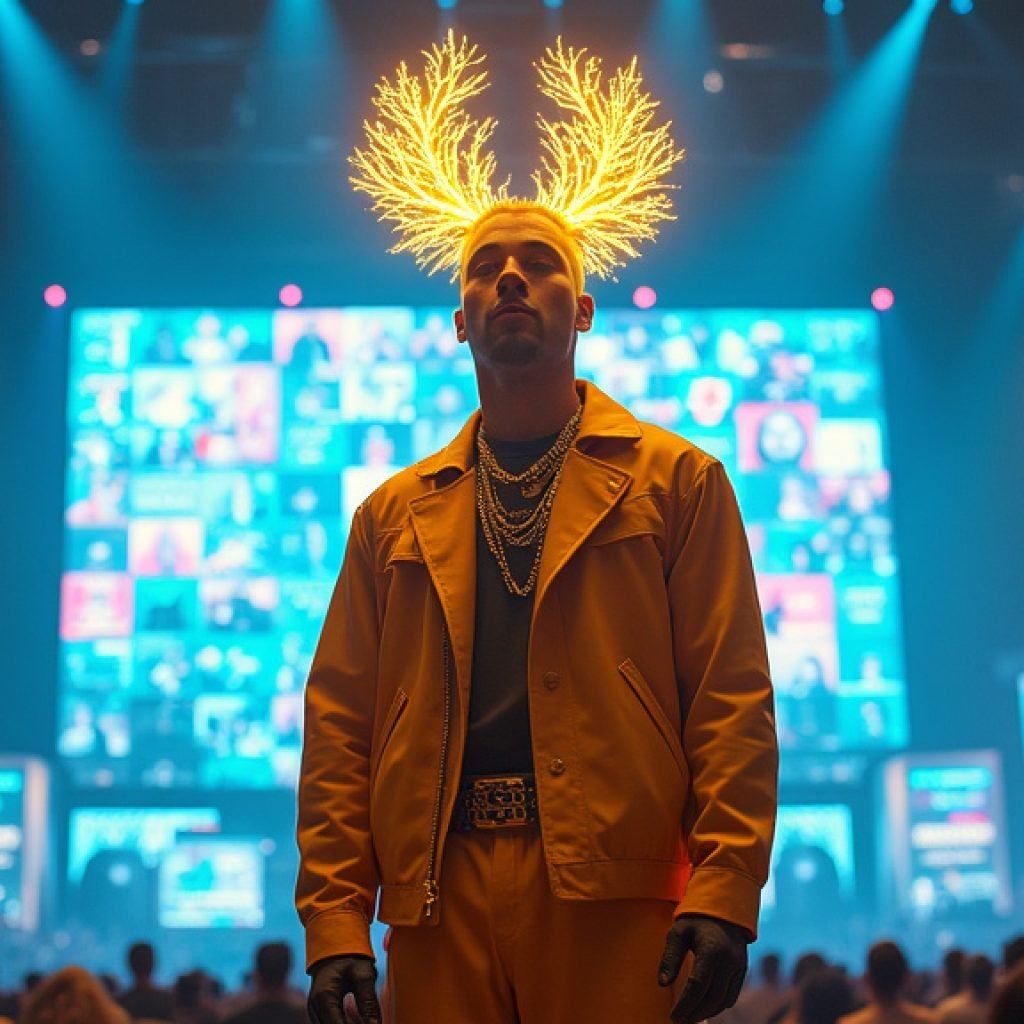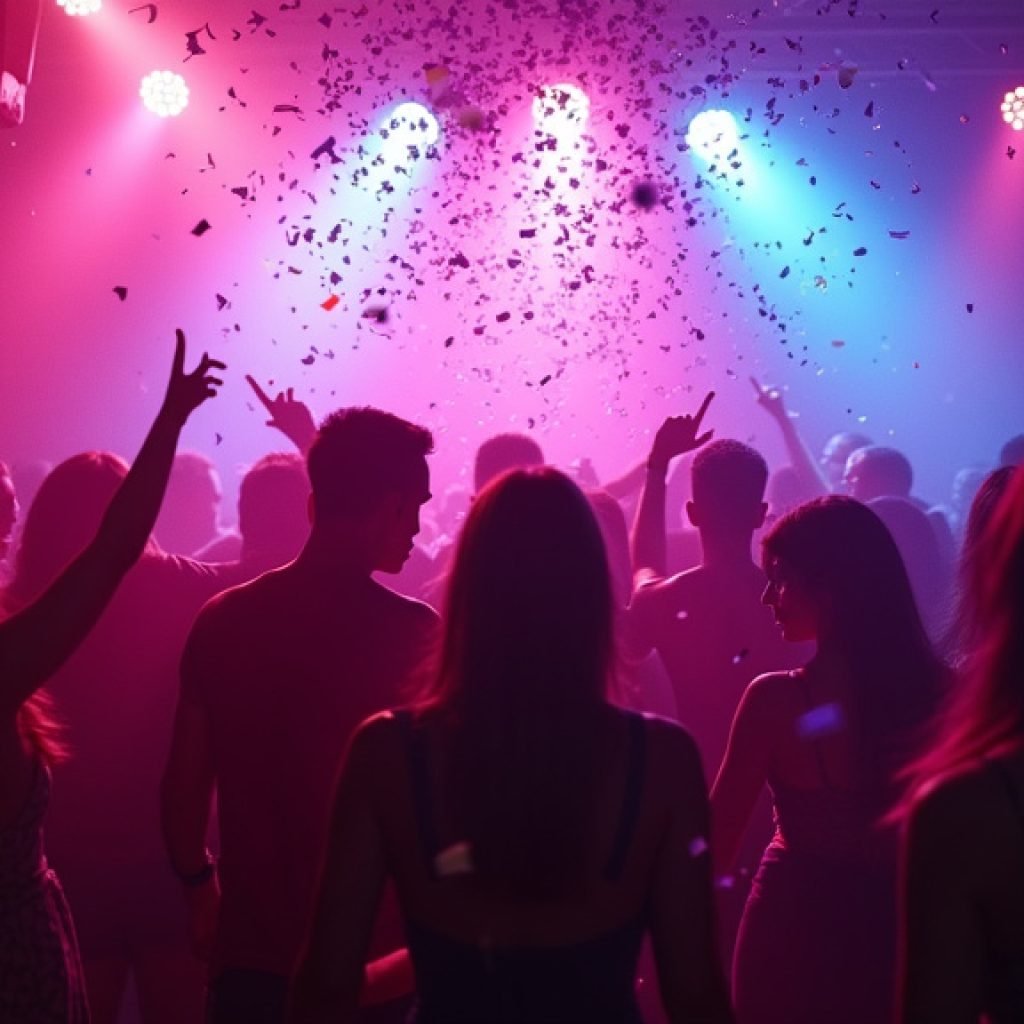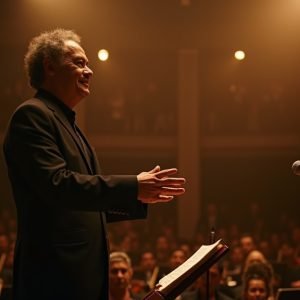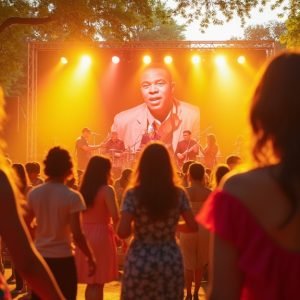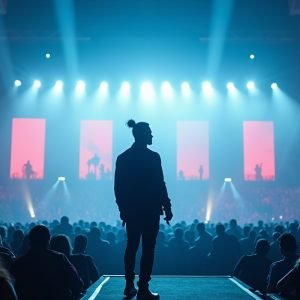The NFL, in partnership with Apple Music and Roc Nation, has officially announced that global music superstar Bad Bunny will headline the Apple Music Super Bowl LX Halftime Show on February 8, 2026, at Levi’s Stadium in Santa Clara, California. This landmark performance marks a significant milestone for Latin music and culture, positioning Bad Bunny as the first solo Spanish-language artist to headline the prestigious event.
Bad Bunny, born Benito Antonio Martínez Ocasio, is a three-time Grammy Award-winning artist from Puerto Rico, widely regarded as the “King of Latin Trap”. He has achieved unprecedented success, consistently topping charts with his all-Spanish language albums, including “El Último Tour del Mundo” and “Un Verano Sin Ti,” both of which debuted at number one on the Billboard 200. His global reach is undeniable, with Spotify naming him the most-streamed artist worldwide for three consecutive years and his catalog surpassing billions of streams. His music transcends language barriers, resonating with diverse audiences across the globe through his unique blend of reggaeton, Latin trap, and pop.
A Milestone for Latin Representation
The selection of Bad Bunny for the Super Bowl halftime show is seen as a pivotal moment for Latinx visibility in mainstream American entertainment. His performance is expected to be a powerful celebration of his heritage and a testament to the growing influence of Latin music on the global stage. In a statement, Bad Bunny emphasized the cultural significance of the booking: “What I’m feeling goes beyond myself. It’s for those who came before me and ran countless yards so I could come in and score a touchdown… this is for my people, my culture, and our history”. This sentiment is echoed by Jay-Z, who stated, “What Benito has done and continues to do for Puerto Rico is truly inspiring. We are honored to have him on the world’s biggest stage”.
Previous Super Bowl Experience and Broader Impact
This will not be Bad Bunny’s first appearance on the Super Bowl stage. In 2020, he joined Jennifer Lopez and Shakira for their Super Bowl LIV Halftime Show in Miami, a performance that was celebrated for its vibrant display of Latin culture and became one of the most-watched and liked halftime shows on YouTube. His involvement in that show highlighted the NFL’s increasing efforts to connect with its fastest-growing fanbase: Latinos.
Bad Bunny’s influence extends far beyond music. He has become a cultural icon known for his fearless advocacy on social issues, his unique fashion sense, and his unwavering commitment to his identity. He has used his platform to address topics such as gender equality, mental health, and the political landscape of Puerto Rico, often challenging societal norms and traditional expectations.
Reactions and Cultural Discourse
The announcement has sparked considerable discussion and, in some circles, controversy. Critics, particularly from conservative media and political figures, have voiced opposition, citing his political stances, his use of Spanish in his music, and his gender-fluid fashion choices. Former President Donald Trump publicly condemned the decision, calling it “absolutely ridiculous”. Conversely, supporters and commentators highlight his immense cultural impact, his role in elevating Latin music, and his importance as a figure of representation. Bad Bunny himself has addressed the backlash with characteristic flair, most notably during his hosting debut on “Saturday Night Live,” where he playfully mocked critics and reaffirmed the significance of his performance for the Latino community.
A Defining Moment for Latin Music
The Super Bowl halftime show has evolved from simple marching band performances to becoming a premier global stage for music and culture. Bad Bunny’s upcoming performance is poised to be another historic chapter in this evolution, showcasing the power and reach of Latin music to an audience of hundreds of millions. His selection not only solidifies his status as a global superstar but also signals a broader trend of increased diversity and representation in mainstream American entertainment, making this performance a critical moment for Latin stories and music on the world’s biggest stage.



